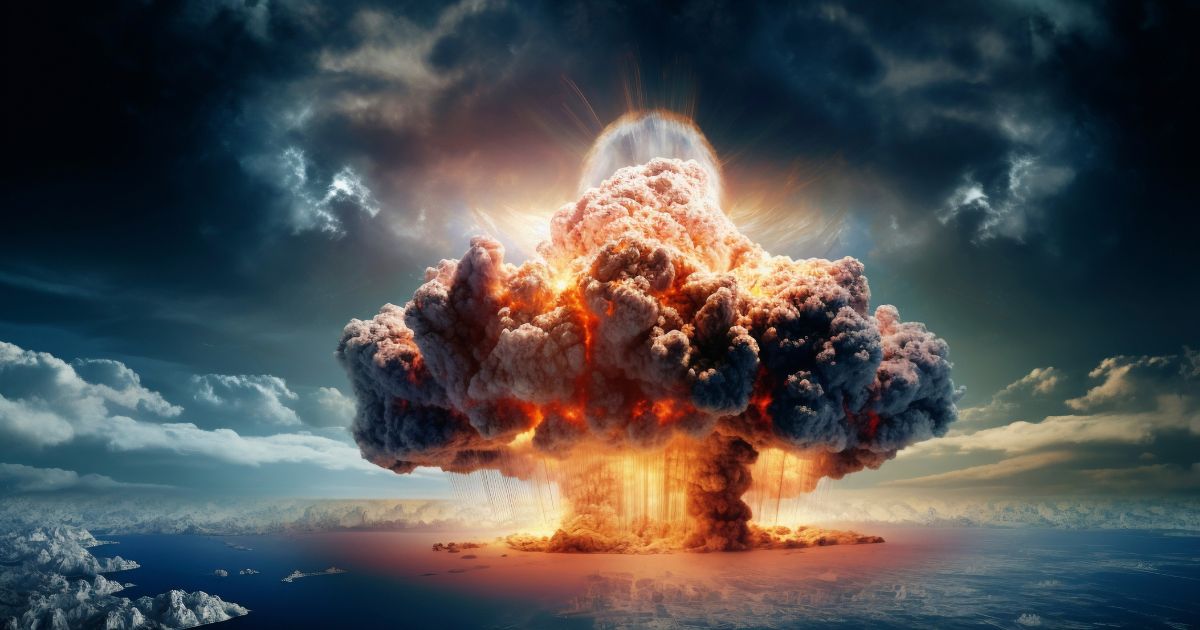LH3 explosions are catastrophic events involving the chemical compound known as Liquid Hydrogen (LH3). As a highly volatile substance, its storage and handling require extreme caution. LH3 has the potential to become extremely explosive when safety precautions are not taken This article explores the nature of LH3, its potential hazards, and safety measures for handling it effectively.
What is LH3?
LH3, or Liquid Hydrogen, is a cryogenic liquid that exists at extremely low temperatures. It is used in industries such as aerospace, energy production, and scientific research. Despite its benefits, the risks associated with LH3 make its management a critical area of concern.
Properties of Liquid Hydrogen (LH3)
LH3 has several unique properties that contribute to its volatile nature. It is odorless, colorless, and has a very low boiling point. Because of its low density, it can easily escape from containment, increasing the risk of leaks and subsequent explosions.
Causes of LH3 Explosions
The causes of LH3 explosions are varied and often complex. They include improper storage, inadequate ventilation, and malfunctioning equipment. One of the most significant risks is the potential for a spark or heat source to ignite the highly flammable liquid. Even a small leak can lead to catastrophic consequences if the right conditions are present.
The Role of Ignition Sources during LH3 Explosions
Ignition sources, such as open flames, electrical sparks, or even static electricity, are primary causes of LH3 explosions. Because LH3 is so flammable, even minor sources of heat can trigger an explosion. This makes it essential to ensure that the storage area is free of any potential ignition sources.
The Dangers of LH3 Leaks
When LH3 leaks occur, they release a large volume of gas into the atmosphere. This gas can rapidly mix with the air, creating an explosive environment. Leaks are especially dangerous in enclosed spaces, where gas accumulation can quickly reach hazardous levels.
Effects of an LH3 Explosion
The effects of an LH3 explosion are devastating. The intense blast can cause severe damage to infrastructure, loss of life, and long-term environmental impact. In industrial settings, the risk is magnified due to the presence of other hazardous materials, which can lead to secondary explosions.
Impact on Human Life and Health of LH3 Explosions
Human exposure to LH3 explosions can result in severe injuries, including burns, respiratory damage, and even fatalities. The force of the explosion can also cause structural collapses, leading to further casualties. Immediate medical response is critical in such events to minimize harm.
Environmental Impact of LH3 Explosions
LH3 explosions can have significant environmental consequences. The release of large amounts of hydrogen into the atmosphere can contribute to ozone layer depletion and air pollution. Additionally, the impact on soil and water quality can result in long-term ecological damage.
Preventive Measures for LH3 Safety
Preventing LH3 explosions requires stringent safety protocols and regular maintenance of storage and handling systems. Proper training for personnel, ensuring adequate ventilation, and the use of explosion-proof equipment are essential. Regular leak checks and monitoring systems are also critical components of a robust safety strategy.
Importance of Regular Maintenance of LH3
Regular maintenance is a crucial part of LH3 safety management. Equipment should be inspected for wear and tear. Storage containers must be checked for leaks. Any malfunction should be addressed immediately to prevent potential hazards.
Safety Protocols in Handling LH3
When handling LH3, strict safety protocols must be followed. These include wearing protective gear, using specialized tools, and maintaining a safe distance from the storage area. The moment a leak occurs, emergency measures need to be taken.
Emergency Response to LH3 Explosions
In the event of an LH3 explosion, a quick and effective emergency response is vital. Personnel should be trained in emergency procedures and evacuation plans. First responders must have specialized equipment to safely approach the explosion site.
Training and Education for Personnel
Proper training and education are essential for anyone working with LH3. Personnel should be familiar with the properties of LH3, the risks involved, and how to respond in case of an emergency. To ensure safety protocols are adhered to, regular training updates are required.
Advanced Technologies for LH3 Explosion Safety
Technological advancements have made it easier to manage the risks associated with LH3. Automated monitoring systems, advanced leak detection, and explosion suppression technologies are some of the tools available to enhance safety.
Conclusion
It is crucial to comprehend the characteristics of LH3 and the dangers it presents in order to guarantee safety in settings where it is utilized. The dangers related to LH3 can be reduced by putting strict safety measures in place and offering appropriate training. Although LH3 has many industrial applications, its volatile nature means that any mishandling can lead to catastrophic events. Therefore, safety should always be the top priority.
FAQs
What is LH3, and why is it hazardous?
LH3, or Liquid Hydrogen, is a highly flammable cryogenic liquid. It is dangerous because it can react explosively when it comes into contact with sources of ignition.
What are the primary causes of LH3 explosions?
The primary causes include leaks, inadequate storage conditions, and exposure to heat or ignition sources.
How can LH3 leaks be detected?
Advanced technologies like gas detectors and automated monitoring systems are effective in identifying leaks before they become hazardous.
What should be done in case of an LH3 explosion?
Immediate evacuation and contacting emergency services are crucial. Personnel should follow the established emergency protocols.
What are the environmental impacts of LH3 explosions?
LH3 explosions can lead to air pollution and environmental degradation, affecting soil and water quality.





